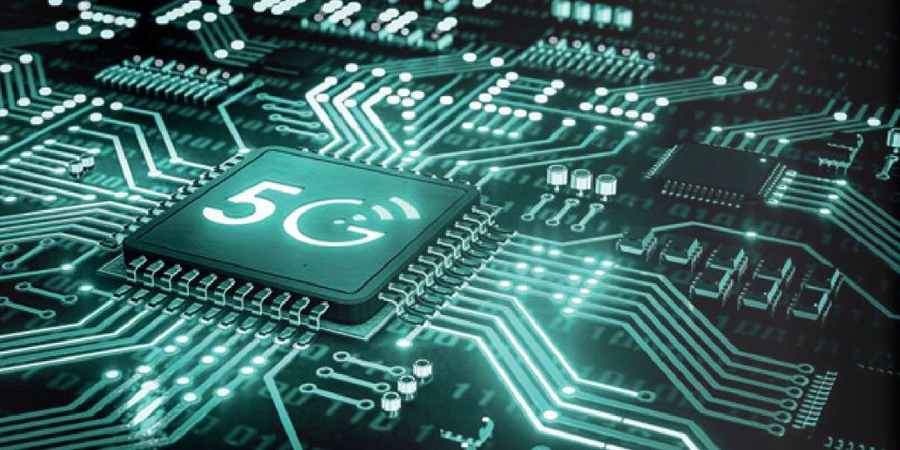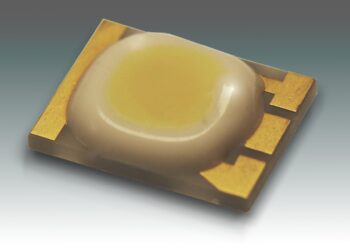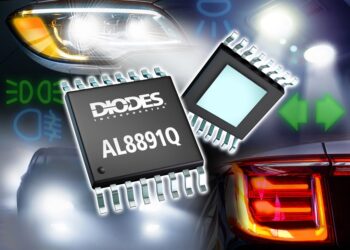As per the latest ResearchAndMarkets.com report, 5G mmWave chipset market is expected to reach $56.3 billion by 2026, at a CAGR of 37.3% in next 5 years.
The study conducted on 5G mmWave chipset market (5G Millimeter Wave ICs) provides an in-depth analysis on current 5G mmWave deployments, ecosystem, spectrum, market overview, evolution, drivers & challenges, use cases, and cost analysis. The study is focussed on mmWave 5G chipset value chain that includes mmWave 5G baseband processor/modem, RF transceiver, and RF front end suppliers.
5G mmWave chipset includes baseband processor/modem and RFIC components such as RF transceivers and RF front end. Mobile devices are expected to be the major contributors in mmWave 5G chipset market because of growing availability of 5G mmWave enabled smartphones and other consumer devices.
mmWave delivers wide spectrum and capacity over the shortest distances for 5G along with lower latencies. High bands above 24GHz are allocated for 5G telecom infrastructure. The availability of the new spectrum depends on how much spectrum is released by regulators for use by service providers.
Spectrum allocations for mmWave are often extremely wide, with 800 MHz or more per service provider and band. Wide spectrum enables the provision of high-capacity delivery and improved handling of peak rates. The US market is a global leader in the use of mmWave spectrum for 5G, with all major US operators already offering commercial 5G services using the band. Limited 5G mmWave deployments has been witnesses in Asia Pacific while Europe is far behind.
5G chipsets are poised to become an integral part of the 5G-enabled products, such as smartphones, tablets, C-V2X devices, and CPEs. 5G chipset by component has been segmented into baseband processor/modem and radio frequency integrated circuit (RFIC).
RFIC has been further segmented into RF transceiver and RFF front end. Companies such as Qualcomm provides modem-to-antenna solutions like the snapdragon X55 5G mode, with its 5G mmWave antenna module (QTM525) and 5G mmWave chipsets SDX50M and QTM052. Other companies such as Analog Devices and MediaTek provide a 5G system on chip (SoC), and Samsung provides 5G RFICs and digital/along front-end (DFE) ASICs which support 28 GHz and 39 GHz bands.
Even start-up ecosystem has been growing rapidly in this market. Recently, Sivers Semiconductors has announced an acquisition of start-up company MixComm in a transaction worth $135 million. The move represents an investment by Sweden-based Sivers into the market for 5G in mmWave spectrum bands.
KEY ANALYTICAL HIGHLIGHTS
- 5G mmWave Baseband Processors are expected to have an installed base of 3.8 billion by 2026, mainly driven by mobile devices. 24 GHz to 39 GHz frequency band will account for the largest market of 5G mmWave chipset with more than 90% market share by 2026.
- RF Transceivers and RF FE are likely to reach $10.4 Billion and $23.5 Billion TAM respectively within 5G mmWave RFIC market by 2026.
- 138 thousand small cells are expected to be deployed by 2021 which is expected to rise to 3.25 million by 2026 considering dense small cell deployment by operators for mmWave. FWA is expected to be a major contributor to 5G mmWave infrastructure market as it was the first 5G use case. Apart this, 5.1 million CPEs are expected to be deployed by 2026.
- 5G mmWave macro cell market is expected to reach $4.8 billion by 2026. North America is the major contributor for Macro cells with ~83% share in 2021 as major 5G mmWave deployments are taking place in the US.
- In 5G network, the NFV will play a significant role in terms of providing operators the flexibility to expand their network functionality as well as provide effective and efficient operation of the network. NFV will enable network slicing and distributed cloud, which would supplement it to create flexible and programmable networks with an opportunity worth $3.1 billion
- 202 million devices with 5G mmWave support are expected to be shipped in 2021 and is likely to reach 1.1 billion units by 2026. Smartphone segment is expected to contribute major share of this market. A new application may emerge in the form of Robots and Drone contributing more than $110M for 5G mmWave by 2026
- The cost per square metre of a midband-only indoor 5G network versus a mmWave plus mid-band 5G network, assuming 10% of smartphones, laptops and security cameras are on 5G and 20% of both laptops and communications equipment are concurrently active. The result shows that if standard communications equipment is deployed, the yearly cost per square metre of a mid-band indoor network would amount to $2.86, while if advanced communications equipment is deployed, the cost per square metre of a mmWave plus mid-band network would amount to approximately $2.99.








